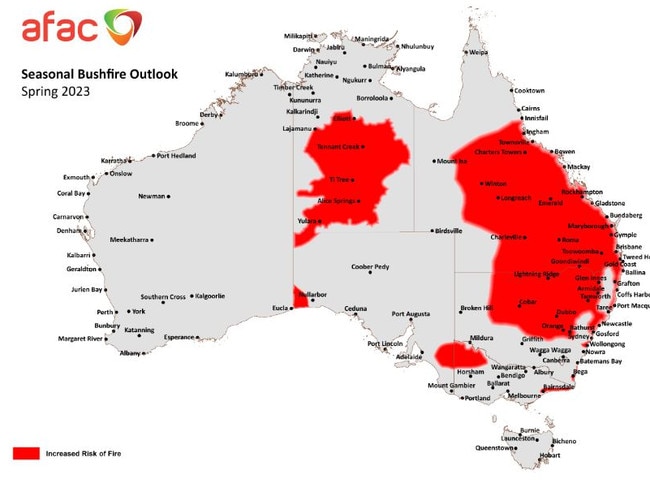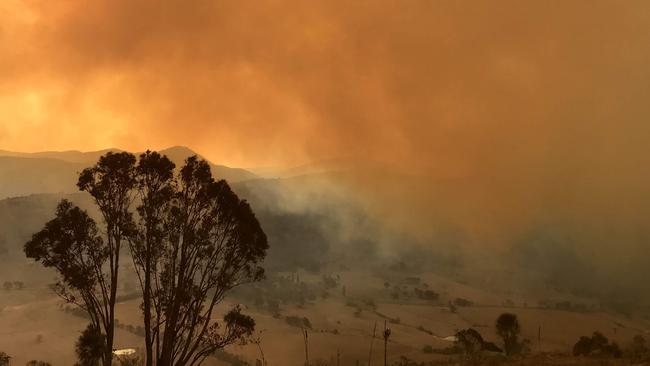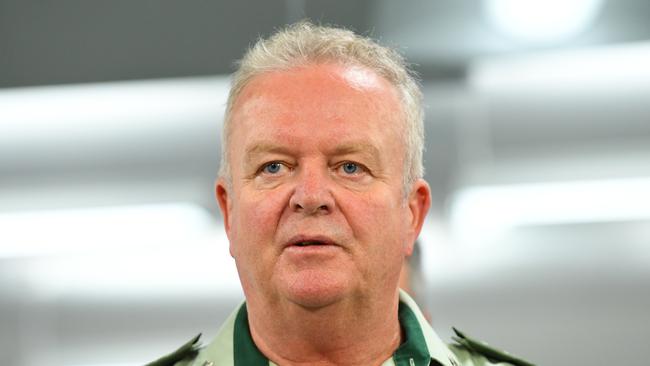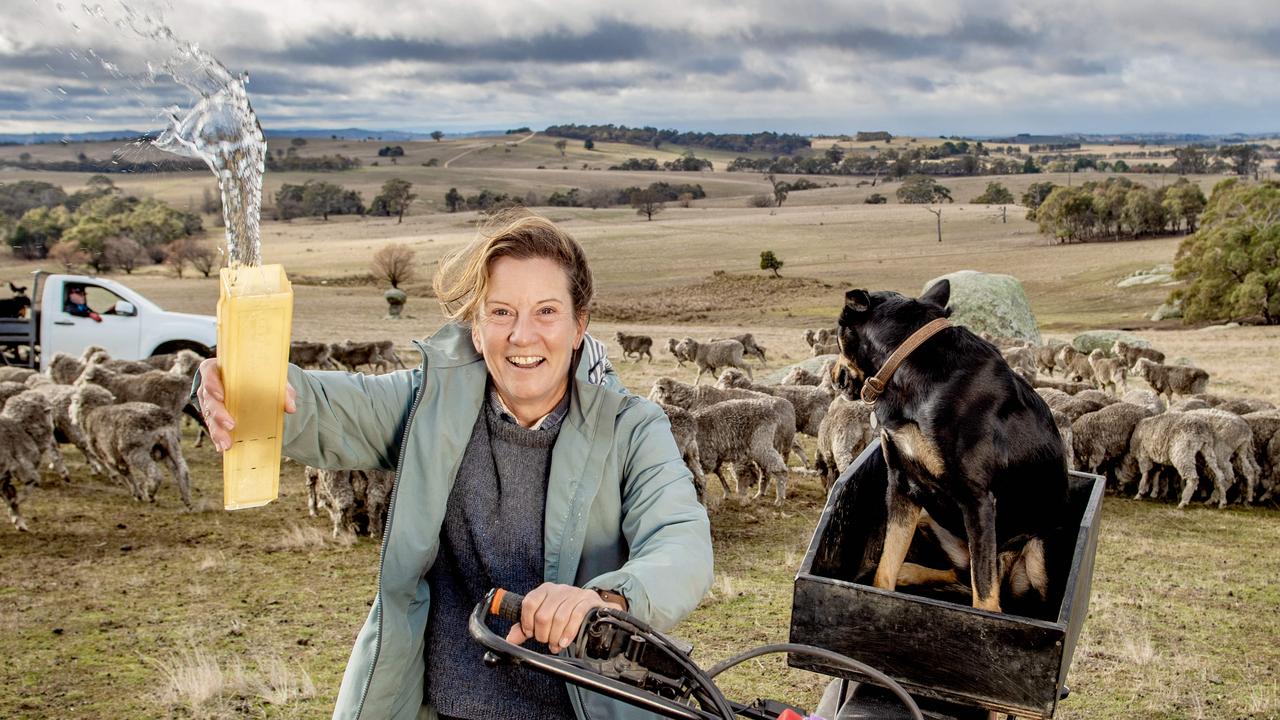Authorities predict worst bushfire season since 2019-20, urge Australians to prepare
Fire authorities warn shifting weather conditions and high fuel loads have created the worst bushfire threat since 2019-20.
Fire authorities have urged Australians to prepare for the most significant threat of bushfire since the ‘black summer’ of 2019-20 this season, due to predicted heatwaves, decreased rainfall and high fuel loads.
The warning comes after the Australasian Fire Authorities Council seasonal bushfire outlook, released Wednesday, identified an increased fire risk across eastern and central Australia, including regions of Victoria and South Australia, and large areas of New South Wales, Queensland and the Northern Territory.

The outlook said that in Victorian agricultural areas, “elevated grass fuel loads will likely cure earlier than most years” and may present an elevated risk until harvest occurs.
It also predicted more fast-moving grass and scrub fires, rather than the lingering forest fires witnessed in 2019-20, and that areas inundated by recent flooding were among those facing the highest risk of fire.

The report prompted Fire Rescue Victoria Commissioner Gavin Freeman to remind residents who live “in or near the bush” to develop a bushfire survival plan and on-property maintenance program.
The increased threat is due to three wet La Nina years that turbocharged high grass and forest vegetation growth and regenerated areas previously torched by bushfires, coupled with a predicted drier and warmer spring and below-average rainfalls over winter.
Given this scenario, the report found areas that escaped bushfires in previous seasons were under increased threat.
Fire Services Victoria and the Country Fire Authority have warned the conditions will also likely trigger an earlier start to the bushfire season than recent years across much of central, western and northern Victoria.
However, Victoria’s forest fire management chief fire officer Chris Hardman said the drier winter conditions had allowed some controlled burns across East Gippsland, Loddon Mallee and the Grampians.

He also said Victoria had “more than 500” seasonal firefighters recruited to work alongside full-time crews.
The outlook said recently planned burns across Gippsland had resulted in a “higher than normal” potential for forests to carry fire, “especially in and surrounding coastal communities close to bushland where vegetation was unburnt or lightly burnt during the 2019-20 fires”.
The Weekly Times reported earlier this year that the Andrews government and Forest Fire Management Victoria managers have not released any residual risk fuel load reports since 2020-21.




